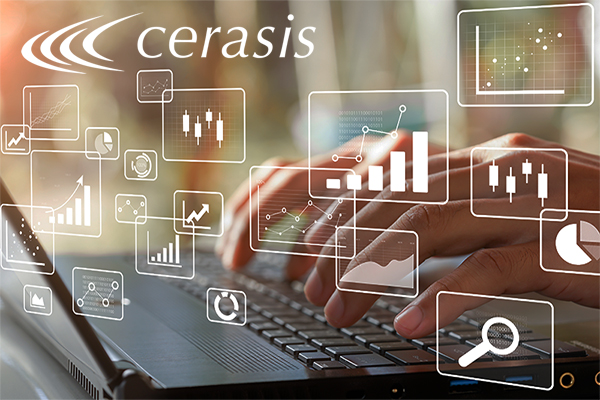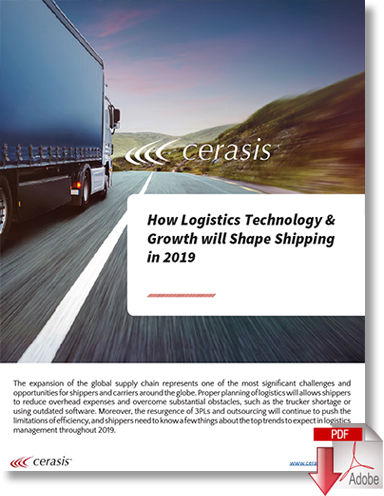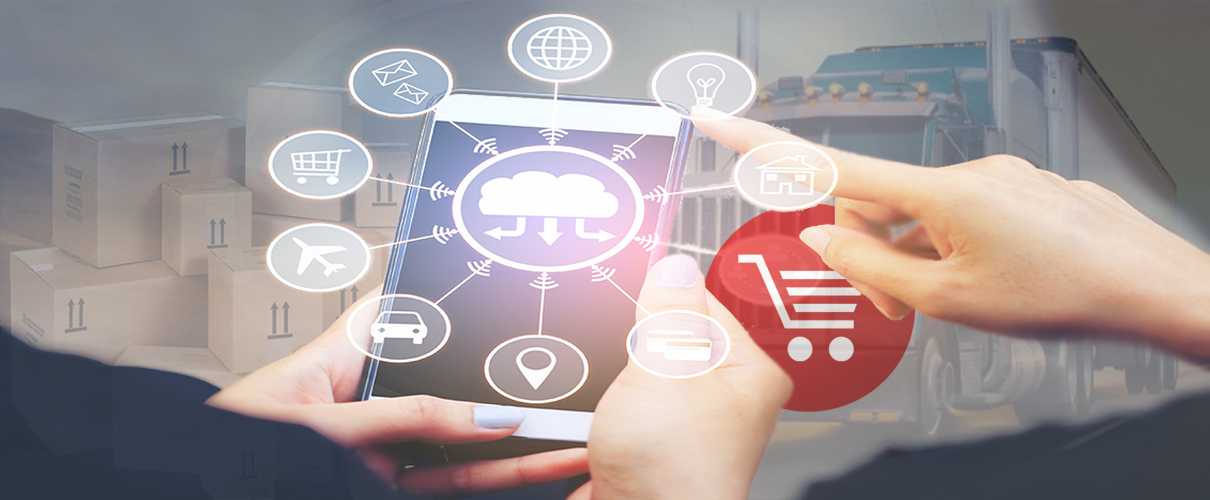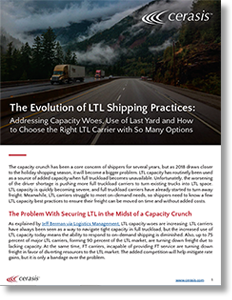The State of the Logistics Industry is Evolving
2019 is shaping up to be a year in which warehouses and distribution centers continue the development and implementation of technology-based processes.
Technology allows shippers to work smarter, faster and with fewer human resources, and new technologies, such as drones and augmented reality, are continuing the process, reports Victoria Kickham of Logistics Brief.
Unfortunately, companies that fail to stay in line with the top 2019 logistics trends could face uncertainty and lost competitive advantage, so let’s look at some of the top trends shippers should know to stay successful.
The Number of Direct-To-Consumer Shipments Will Increase
Another consideration in the top 2019 logistics trends will go back to the use of drop shipping and shipments sent from warehouses directly to consumers.
It is important to note that a difference exists between dropshipping and shipping direct-to-consumer.
Dropshipping refers to manufacturers sending products directly, but products are purchased through a third-party.
Shipments sent from a warehouse, which may be a major distribution center for Walmart, Target or another company, can be sent direct-to-consumer.
This effectively lowers the cost of shipping, but it is still more expensive than dropshipping.
As dropshipping increases in use, more organizations will purchase software to manage and control warehouses.
Less-than-Truckload and Multimodal Shipping will Grow in Popularity
As explained by Logistics Brief, the capacity crunch and extreme growth of e-commerce will contribute to unparalleled growth in the Less-than-Truckload (LTL) sector.
Fewer trucks are going to be available for full truckload, and excess freight will be consolidated into LTL loads.
Unfortunately, the continuing uncertainty regarding the economy will push most carriers to continue increasing freight rates, especially spot freight rates.
As a result, shippers will need to rely on flexibility to ensure their freight will be picked up when necessary.
Some loads will be rejected or placed on the waitlist, but shippers that take advantage of LTL and Multimodal shipping options, resulting in a continuous flow of goods through all modes, can navigate higher freight rates.
Digitalization will Continue to Reshape Logistics
Digitalization, reports PwC, will become more critical to tracking changes in consumer behaviors, addressing the talent shortage, meeting compliance requirements for data protection, and more.
In fact, 60 percent of transport and logistics CEOs expect technology to continue being disruptive to the business, and 65 percent are working to change distribution channels to reflect the Digitalization of logistics.
Digitalization is not just an American concept; it extends to shifts in international trade. Growth in Asia, Europe trade, free trade agreements, trade wars and barriers, new tariffs, the belt and route initiative, and infrastructure development will continue to force more companies to embrace digitalization of logistics.
Software-driven processes changes, such as artificial intelligence and big data analytics, will empower supply chain leaders and shippers to do more with less and reduce inefficiencies.
This will dramatically increase effectiveness and speed the order fulfillment process, which will, in turn, result in a faster logistics operation. Of course, any conversation on digitalization is incomplete without touching on the importance and role drones, and autonomous machines will have on the industry.
Drones and driverless trucks, also known as autonomous trucks, will empower shippers and carriers with new last-mile delivery options and reduce the cost associated with each order shipped. As these technologies mature, more regulations and developments are sure to change how shippers leverage such technology.
Supply Chain will Grow more Circular
The concept of a circular supply chain is relatively new, and it is juxtaposed against the traditional “linear supply chain.”
Instead of relying solely on mining for new raw materials and purchasing products from suppliers, the modern supply chain is turning to ways to reclaim existing, used raw materials.
This is essentially recycling, and it is a vital aspect of keeping prices low, staying competitive with Amazon, and offering a sustainable solution to millennials and Generation Xers.
Meanwhile, shippers will look to new tactics to handle risk management and build resiliency within the supply chain.
The result will resound throughout the supply chain and enable better, faster logistics.
Use of SaaS Within the Supply Chain will Expand
According to A & A Customs Brokers, the use of software-as-a-service in logistics management is gaining traction, and this is due in part to the rise of cloud-computing software.
SaaS offers the convenience of utilizing the latest services and technologies, without the upfront investment costs associated with an on-premise solution.
In addition, the use of SaaS will expand as companies and software vendors offer new solutions and platforms to fulfill more needs.
Ultimately, these providers, including Cerasis, are expanding beyond the limited capabilities, offering comprehensive e-commerce solutions, LTL management, transportation management, warehouse management, execution and control, and much more.
The Right Logistics Service Provider Can Help You Navigate the 2019 Logistics Trends
The logistics industry is expanding, and partnering with the right logistics service provider, such as Cerasis, can mean the difference between securing lowering freight rates and unlocking more value in contracted services.
As SaaS demand and the volume of shipments increase, shippers should consider outsourcing to a 3PL to stay competitive throughout the coming year.
Related Article: Developing a Less-than-Truckload & Ecommerce Focused Shipping Strategy
Related LTL & Ecommerce White Papers
The Evolution of LTL Shipping Best Practices New!
This exclusive, & educational white paper is for shippers who are accustomed to shipping LTL freight or are starting to ship more LTL freight, it addresses capacity woes, use of last-mile delivery, and how to choose the right LTL carrier. Download Now!
Current Factors Driving the Less Than Truckload Pricing Market New!
This white paper is a must-read for shippers who are seeking information on the less than truckload pricing market in order to plan for 2019. Download Now!
The State of & Pricing Outlook of the Less than Truckload Shipping Market
This is a must-read for shippers who are either LTL shipping pros, new LTL shippers who are needing education, or those moving more freight to the LTL mode as Full Truckload feels the capacity crunch squeeze. Download Now!
8 Big Factors to Consider for Efficient Less-than-Truckload Shipping
In this all-new e-book, we discuss the 8 core areas that Less-than-Truckload shippers can focus on in order to have more efficient LTL shipping practices. Download Now!
Acing the E-Commerce and Logistics Game Means Going Back to the Basics with an Eye on the Future
In this white paper, you will learn what supply chain leaders need to understand why logistics fundamentals will continue to shape the e-commerce shipping strategy and how to master e-commerce logistics. Download Now!
Bringing Omnichannel to the Forefront of Ecommerce
This white paper is a must read for those who are looking to go omnichannel with their supply chain and want to understand that a major part of that strategy is in the ecommerce channel. Download Now!
More Resources from Cerasis
Article topics
Email Sign Up

























